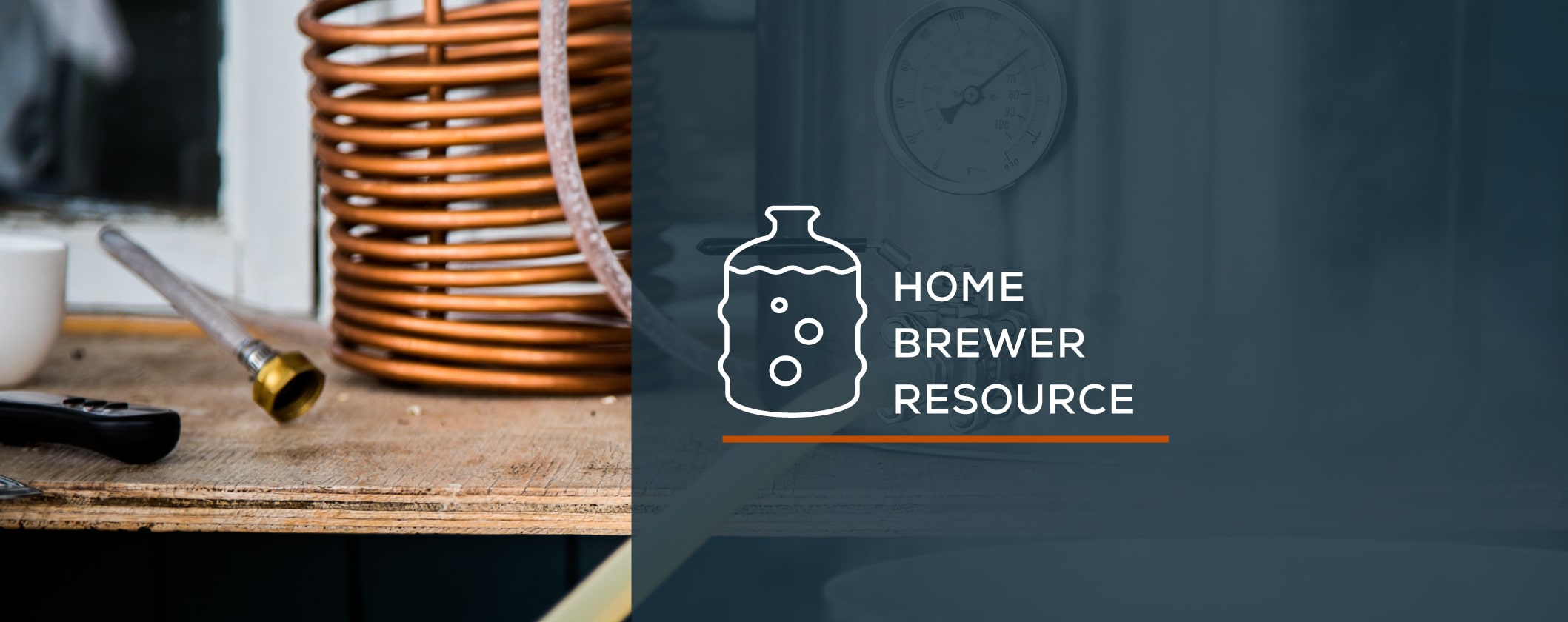Brewing New England IPAs

BREWING A NEW ENGLAND IPA
This popular beer style originated from the American IPA and evolved into the New England IPA (NEIPA), also known by Hazy IPA and Juicy IPA. In 2018 both the Beer Judge Certification Program (BJCP) and the Brewers Association acknowledged this style as a new category, setting itself apart from other specialty IPAs by displaying a hazy visual appearance, an intense hop aroma, and flavor distinguished by a low perceived bitterness as you savor the beer.
In certain beer styles haze is considered a quality fault, but for the NEIPA it is a desirable characteristic that is induced by a reciprocal action between proteins – polyphenol. The polyphenols adhere to hordein proteins present in barley or wheat malt to form protein-polyphenol suspended insoluble complexes that form the haze in the final product.
It is a common misconception that haze should be produced by yeast remaining in suspension in the beer. Yeast may contribute to some haziness due to the nature of the unfiltered style but is considered a fault by the BJCP provisional guideline if yeast clumps are evident. Rather, the sought-after contributions of yeast selection for a New England IPA are for flavor and mouthfeel. Wyeast 1318 London Ale III is chosen by many craft breweries for its fruity, softly balanced palate and complimentary qualities with late dry hop additions.
Ingredients and Brewing Guidelines that Influence the Creation of Haziness:
- Brewing water
- Review water profile, increase the Chloride content to 150-200 ppm.
- Sulfates should be half the Chloride amount if added.
- Keep Calcium content around 150 ppm or less.
- Grain Bill
- Since the intention is to stimulate the haze formation, add around 20% flaked oats and / or flaked wheats as high protein adjuncts to the recipe.
- Stay away from using Crystal and Caramel malts.
- Base malt should have 12% Protein; make sure the malt does not come from Proanthocyanidin (Anthocyanogens) free barley because this polyphenol in the malt will precipitate proteins inhibiting beer haze formation.
- Hops
- No hops added to the kettle.
- Add 14.6 grams of hops per one gallon of wort to the Whirlpool at a temperature of 180 °F (82 °C) or less.
- Dry hopping should be done two days after fermentation. Add 14.6 grams or more of hops per 1 gallon of wort for 3 days. The hops choice should contain essential oils such as geraniol and linalool which will contribute with the juicy and fruity flavor.
- Finings
- Brewing finings should not be used to clarify the wort because the intention is to create a permanent haze and to keep the proteins in suspension to later bond with the hop polyphenols during dry hopping. Any other finings such as Whirfloc, or Irish Moss should not be used during boiling.
- No filtration or cold finings. No additions of Isinglass or PVPP (Polyvinylpolypyrrolidine) finings should be used in the beer.
- Yeast
- 1318 London Ale III is the recommended yeast strain for this beer style. This yeast strain is very flocculent and does not influence the haze. It takes part in the fruity flavor acting with all the ingredients present influencing the aroma precursors.
- Haze Stability
- The haze stability of the NEIPA will last for a period of 1 to 2 months.
